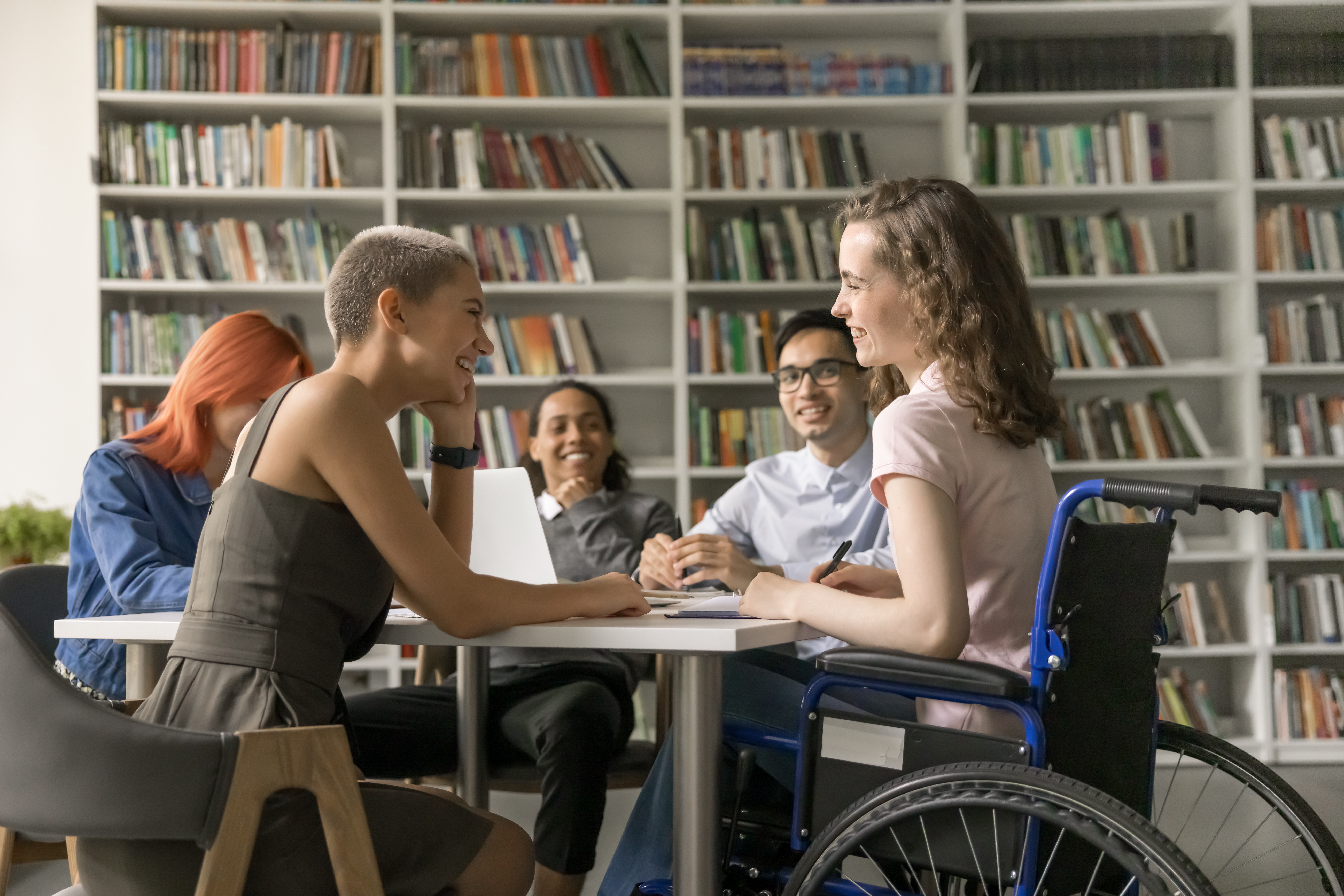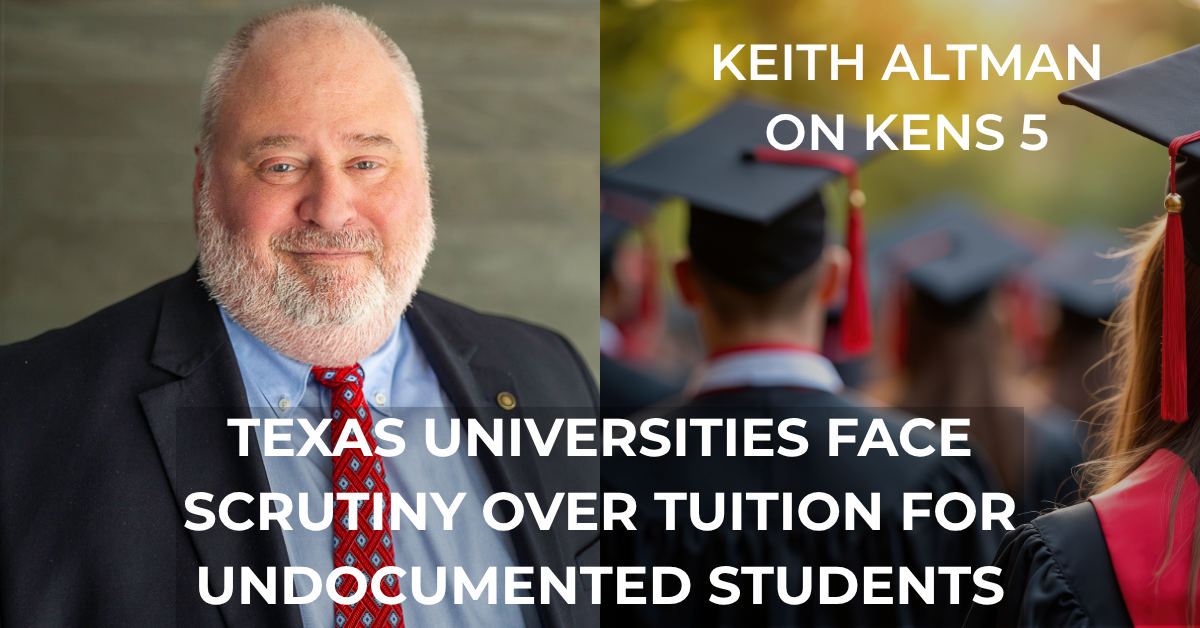As a parent of a child with a disability, you have undoubtedly wondered what the child’s future holds beyond high school. IEP transition planning, a customized plan created to help your child become ready for adulthood—whether that means college, a job, or living more independently—comes into play in this situation.
Although schools are legally obligated to begin this planning by the age of 16 (and perhaps earlier) under the Individuals with Disabilities Education Act (IDEA), it’s more than just a box to check. It’s about encouraging your child to have great dreams and taking concrete steps to achieve them.
With the guidance of this plan, your kid may go forward with confidence, purpose, and the support they need to achieve rather than feeling overwhelmed or unclear about the future.
Transition planning can be viewed as a link between education and adulthood. This plan helps your child go forward with purpose, confidence, and direction rather than allowing the future to feel unknown or overwhelming.
With the guidance of this plan, your kid may go forward with confidence, purpose, and the support they need to achieve rather than feeling overwhelmed or unclear about the future.
Key Principles of Transition Planning
Transition planning is a continuous, student-centered process that supports meaningful goals for life after high school. It is not a one-time event. It is guided by the following fundamental principles:
Results-driven and customized: Rather than taking a one-size-fits-all strategy, the plan is based on each student’s particular strengths, interests, and long-term objectives.
Starts no later than age 16 (earlier if necessary): Although many teams start earlier to give kids more time to prepare, planning must begin by age 16.
Annual updates: These modifications are necessary to keep the transition plan current as students develop and their objectives change.
Academic and functional achievement: These are the main goals of the strategy, which encourages both academic success and the development of practical adult skills including money management, job preparedness, and independent living.
Core Components of an IEP Transition Plan
A solid IEP transition plan consists of a number of interconnected components that support the student’s post-high school objectives. Every item is specifically designed to assist them in developing the abilities, knowledge, and self-assurance they will require as young people.
Measurable Postsecondary Goals
These are specific, forward-looking objectives that outline the student’s post-high school aspirations in areas such as independent living, work, vocational training, and college. They have to be targeted and grounded in the goals and interests of the student.
Using Age-Related Evaluations
Evaluations assist in determining a student’s needs, interests, preferences, and strengths. These serve as the basis for establishing attainable, significant goals and can take the form of interviews, ability assessments, or career interest inventories.
Consistent with Education, Training, Employment, and Self-Sufficiency
In order to ensure that goals and services promote future training, job preparedness, additional education, and independent living skills when appropriate, the plan must have a direct connection to the student’s post-high school aspirations.
Transition Services
a series of planned activities intended to help the student accomplish their post secondary objectives. These services offer a variety of support and are customized to meet the needs of each client.
Instruction: Personalized instruction that aids in the development of academic and real-world skills necessary for adulthood, such as financial literacy, self-advocacy, and communication.
Associated Services: Supportive services that are required for the student to succeed in school and accomplish their objectives, such as occupational therapy, speech therapy, or counseling.
Community Experiences: Learning opportunities that take place outside of the classroom, such as internships, job shadowing, or community service, can assist students in discovering their interests and developing life skills.
Employment and Post-School Goals Career: exploration, resume writing, interview practice, and workplace readiness training are some of the steps that help students get ready for their future careers.
Skills for Daily Living (if applicable): This includes promoting greater independence in students who require it by teaching them daily skills like cooking, money management, public transit, and personal cleanliness.
Assessment of Functional Vocational Skills (if required): An extensive evaluation that assists in identifying a student’s preferences, strengths, and support requirements relating to the workplace; this information is frequently utilized to inform decisions about job placement or training.
Coordinated Activities
A well-structured strategy should include all services and supports.
Activities Must Have a Purpose and Be Connected: Every action should be clearly related to the student’s long-term objectives and not be taken separately.
Designed to Assist in Reaching Postsecondary Objectives: The goal of the entire plan should be to support the student’s success as an adult, whether that success involves employment, additional education, or independent living.
The Transition Planning Process
The methodical process of transition planning aids in preparing children with disabilities for life beyond high school. It is made to adapt and change with the student, guaranteeing that the appropriate resources are available when they are needed. The main steps involved are as follows:
Start Early: Although IDEA mandates that transition planning start by the age of sixteen, it is possible and frequently desirable to begin sooner to allow pupils more time to get ready.
Assessment-Based: To determine a student’s abilities, needs, interests, and preferences, schools employ age-appropriate resources and tests.
Goal Identification: Based on student feedback and assessment findings, measurable and attainable postsecondary goals are developed.
Service Planning: To help achieve these objectives, particular supports and services are added, such as education, job training, or community experiences.
Annual Review and Revision: To take into account the student’s development, shifting objectives, or emerging needs, the plan is examined and revised annually.
Team Involvement
Planning a transition requires teamwork. In order to create a meaningful and practical plan for the student’s post-high school life, it brings together those who know and support them the best. Every team member has a significant impact on how the student develops in the future.
The IEP Group
Teachers, school personnel, the student’s family, and any other experts who might help with transition planning—such as counselors or vocational specialists—are all included in this.
Participation of Students
When transition planning starts, students are required by law to be invited to their IEP meetings. In order to create goals that accurately represent their genuine interests and aspirations, their voice is crucial.
If Absent, Team Must Still Consider Student’s Preferences
The planning process must still be guided by the student’s interests and opinions, even if they are not present at the meeting.
Family Involvement
Families offer insightful opinions and ensure that the plan honors the culture, values, and long-term goals of the students. Their participation is essential to creating a transition plan that is both pertinent and encouraging.
Coordination of Agencies
To help close the gap between school and adult services, adult service organizations (such as independent living programs or vocational rehab) are requested to participate in the planning process when appropriate.
Focus Areas for Transition Planning
The main aspects that influence a student’s adult life are the focus of a comprehensive transition plan. These areas of attention assist make sure the student is ready for success beyond high school and for independence in the real world, not only for school or a job.
-
Education and Training
This includes getting ready for apprenticeships, trade schools, college, and other training courses. Depending on their objectives and areas of strength, students pursue a variety of academic and practical routes. -
Employment
Students can learn about the working world and acquire experience through internships, career exploration, job readiness training, and supported employment choices. Gaining self-assurance and abilities for fulfilling work is the aim. -
Independent Living
Essential life skills such as cooking, managing finances, using transit, and obtaining housing or community services are covered in this section for students who require them. These abilities are crucial for leading as independent a life as possible.
Sample and Supporting Tools
For all parties involved, transition planning may be made simpler and more successful with the correct resources and examples. Throughout the process, these materials provide direction, motivation, and helpful assistance.
Sample IEP Transition Plans: College-prep and career-focused plan examples show how objectives and services can be modified to accommodate various student pathways.
Role-Specific Guidance: Detailed instructions for teachers, school personnel, and families spell out how each may help the student with transition preparation.
CPIR Resources, Videos, and Templates: To assist teams in developing effective, student-centered transition plans, the Center for Parent Information and Resources (CPIR) provides free resources, such as videos, guidelines, and templates.
Federal Definitions and Legal References
Federal law serves as the foundation for transition planning, which makes sure that students with disabilities have the help they require to succeed after high school. The following important legal sources define and direct the changeover process:
IDEA §300.320(b): Describes the elements that must be included in a transition plan, such as quantifiable postsecondary objectives and the services required to achieve them.
IDEA §300.43: According to the “transition services” are a planned series of actions aimed at enhancing academic and functional performance in order to ease the transition from school to life beyond school.
20 U.S.C. §1400(c): The significance of careful transition planning is emphasized by 20 U.S.C. §1400(c), which outlines the national aim of IDEA, which is to prepare people with disabilities for independent living, work, and higher education.
Special Considerations
Planning for transitions needs to take special circumstances that can affect a student’s achievement into consideration. These factors guarantee that the procedure is transparent, inclusive, and customized to the unique requirements and circumstances of each student.
Cultural Sensitivity: In order to ensure that the services and objectives are in line with the students’ values and community customs, transition plans should honor and take into account their cultural background.
Age of Majority Planning: When students get closer to reaching the age of majority, which is usually 18, transition planning should cover topics including parental rights and the student’s legal autonomy in making decisions.
Role clarification: It’s critical to understand the differences between 504 and IEP plans. Although both give assistance, a 504 plan offers adjustments to guarantee equal access to education, while an IEP offers more specialized services.
Accommodation Rights without IEPs or 504s: Even if a student does not have an IEP or 504 plan in place, they may still be eligible for adjustments under other laws, such as the ADA.
Tips and Best Practices
Strong cooperation and active participation from kids, families, teachers, and schools are essential for successful transition planning. To make sure the procedure is as efficient as possible, consider the following advice and best practices:
For Students: Be Responsible, Advocate for Yourself
It is important to encourage students to actively participate in their transition preparation. This entails establishing individual objectives, speaking out for their needs, and contributing fully to meetings. They are more likely to feel secure and ready for the future the more involved they are.
For Teachers and Families: Coordinate, Encourage, and Communicate
It’s critical that families and educators communicate openly. While teachers can assist in guiding students through the process, families should offer insightful information about the student’s needs, objectives, and skills. A smooth transition and a unified support system are guaranteed when team members coordinate their efforts.
For Schools: Create Integrated Plans and Monitor Development
A coordinated transition plan that links services and objectives from the student’s education, job, and independent living should be developed by the school. Annual progress tracking guarantees that the student’s demands are consistently satisfied and enables prompt modifications.
Conclusion
In order to make sure that children with disabilities are prepared for life beyond high school and are positioned for a purposeful, self-sufficient, and satisfying future, transition planning is essential.
This method necessitates careful, customized planning that considers the distinct requirements, interests, and strengths of every kid. It’s not only about fulfilling IDEA’s legal requirements; it’s also about developing a plan that will help you succeed as an adult.
In order to make sure that every aspect of the plan is in line with assisting the student in thriving, cooperation between families, educators, and outside organizations is essential.
At K. Altman Law, we are dedicated to helping families with the transition planning process, making sure that the student’s best interests are put first and that all legal considerations are thoroughly addressed. We can assist you in making the transition as easy and successful as possible if you’re prepared to support your child’s future.




